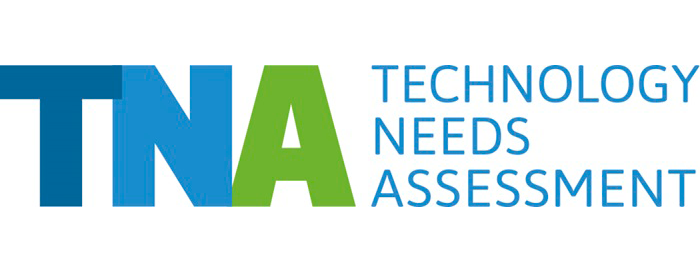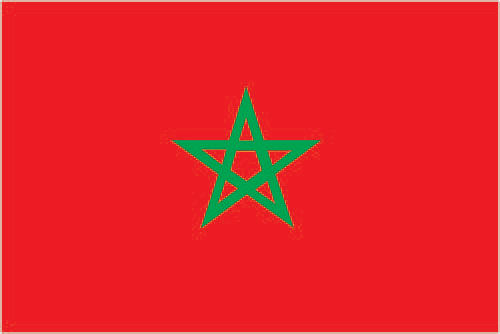Based on the outcomes of the TNA project, a Nationally Appropriate Mitigation Action document on photovoltaic technology was developed. The purpose was to encourage implementation of the national solar pumping programme while also expanding its scope. As a result, the scale of the pilot programme already launched by the Moroccan government was changed to cover the distribution of solar pumps for irrigation. Between 2015 and 2025, 30,000 pumps will be installed, instead of the initial target of approximately 5,000 pumps over the next five years. This process will help develop a structured and professional solar pumping supply sector in the country.
Morocco is the most westerly country in North Africa. It has Atlantic and Mediterranean coastlines and a rugged mountain interior, and with its geographical location it falls between two main climate zones. The coastal plains and lowland plateaus in the north are influenced by the Mediterranean and Atlantic climates, while the south is composed of semiarid grasslands and arid regions. Morocco is strongly reliant on agriculture, fishery and tourism, all sectors that are highly impacted by climate change, with ramifications such as drought, increases in average temperatures, heatwaves, changing rainfall patterns, extreme rainfall, floods and rises in sea levels. Consequently, water resources especially are coming under increasing pressure, with water shortages expected by 2020.
Morocco completed its TNA in 2012. Morocco has focused its mitigation efforts on the energy sector, with the goal of reaching over 50% of installed electricity production capacity from renewable sources by 2025. Moreover, 42% of electrical power are planned to come from renewable sources, of which 14 % should be from solar energy. Under the TNA, therefore, solar technologies were prioritized. As mentioned above, this led to the installation of 30,000 solar pumps, but it also served as the foundation for Morocco’s ambitious Energy Strategy, where mitigation and the promotion of renewable energies have been given a high priority. This case demonstrates how the TNA can act as a basic building block for enhanced mitigation action, giving countries the foundations necessary to scale up prioritized technologies.
Morocco’s TNA contributes to the following Sustainable Development Goals:






